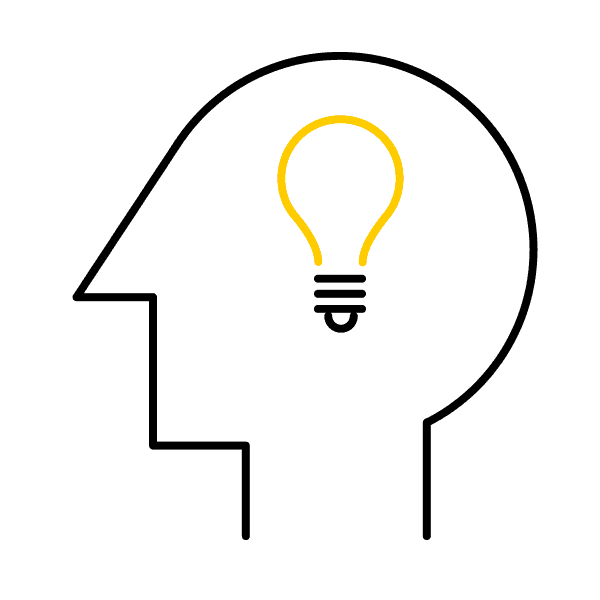What exactly is a blockchain?
A blockchain is a type of database for anything that has a digital value. As it’s name suggests, it can be thought of as a chain of blocks. In short, blockchain is a decentralized database jointly used by a number of participants; a list of data records that can be continually expanded using individual blocks. Each chain starts with a “genesis block” and further blocks are added using a cryptographic encryption process. Each blockchain is stored on several computers; each computer (or node) in the network has a complete copy of the blockchain and is tasked with checking and documenting transactions. Blockchains enable transparent, unbroken, unalterable and traceable exchanges of information in real time that are practically impossible to falsify − and all this without a central controlling authority.


